The Cocos Islands: a remote Indian Ocean paradise
This tropical haven is far from a tourist hotspot but is 'truly idyllic'
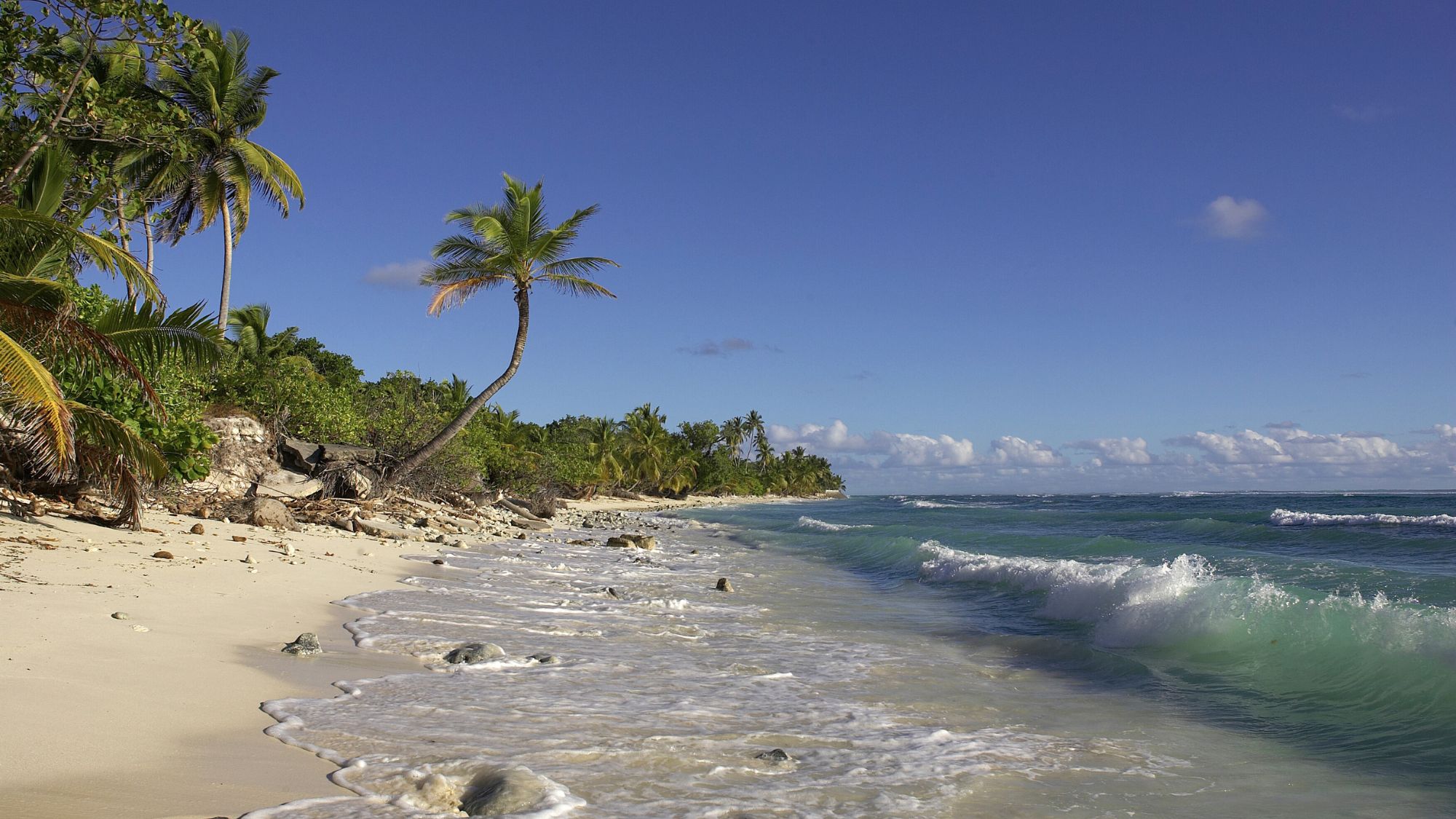
Few tropical archipelagos are quite as beautiful, remote and appealingly quirky as the Cocos Islands, said Ruaridh Nicoll in the Financial Times (FT).
Isolated in the Indian Ocean 660 miles south of Indonesia – but governed from Australia, 1,720 miles to their southeast – they are an "all but mythical world of tides and sun", surrounded by glorious coral reefs. They are a joyous place for lovers of the sea, but they also have a strange history, and are home to an "idiosyncratic" and tight-knit community of some 593 people who "make a point of drawing in visitors".
However, this is not a tourist hot spot. There are only 144 tourist beds in the whole archipelago and two incoming flights each week, both from Perth. The islands were first spotted in 1609, but not settled until 1826, when a "horror" called Alexander Hare arrived with a harem, "thinking he was going to have a fine old time". Hare also brought in Sunni Muslim labourers from Malaysia and Indonesia, from whom most of the islands' current inhabitants are descended. He was soon pushed out, however, by one of his former captains, a Shetland islander called John Clunies-Ross, generations of whose descendants then maintained a semi-feudal rule over the islands.
The Week
Escape your echo chamber. Get the facts behind the news, plus analysis from multiple perspectives.

Sign up for The Week's Free Newsletters
From our morning news briefing to a weekly Good News Newsletter, get the best of The Week delivered directly to your inbox.
From our morning news briefing to a weekly Good News Newsletter, get the best of The Week delivered directly to your inbox.
They "held Scottish country dances, imported deer to hunt, walked around shoeless in white suits", and were even visited by Queen Elizabeth II in 1954. But in 1973, they were forced to sell up by the Australian state under advice from the UN's decolonisation programme.
There are two main islands, Home and West, both about seven miles long, but very narrow. Most of the best places to stay – such as Waves Oceanfront – are on West, as is much of the social action. This revolves around the "club" (the islands' bar), games of Scroungers ("an absurd round of golf straddling the runway") and several restaurants (which open in rotation, as they share the same staff). But it's worth exploring further afield – ferry rides across the lagoon are "spirit-soaring", and Cossies beach, on Direction Island, is truly idyllic.
A free daily email with the biggest news stories of the day – and the best features from TheWeek.com
-
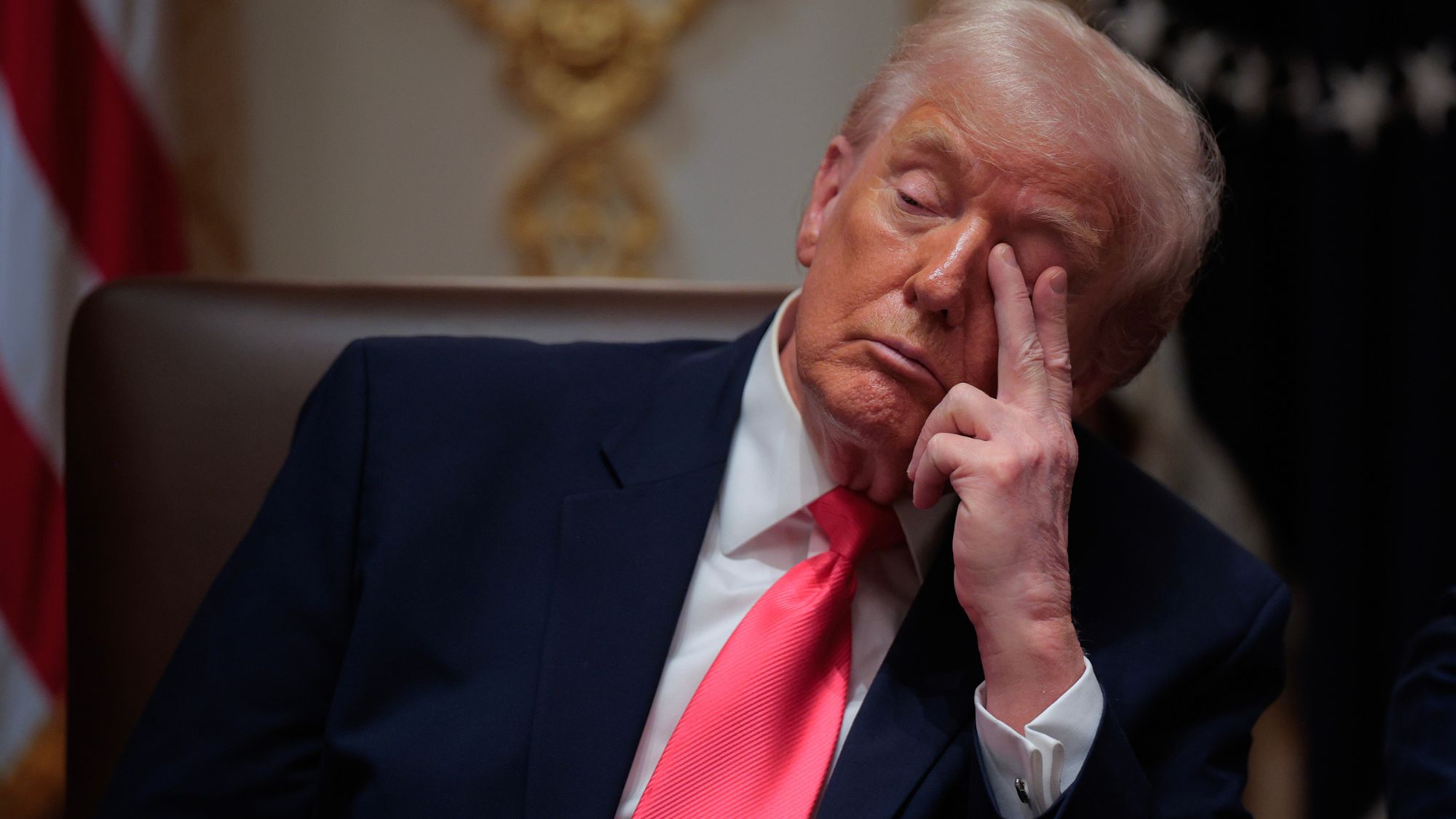 Trump’s poll collapse: can he stop the slide?
Trump’s poll collapse: can he stop the slide?Talking Point President who promised to ease cost-of-living has found that US economic woes can’t be solved ‘via executive fiat’
-
 Codeword: December 7, 2025
Codeword: December 7, 2025The daily codeword puzzle from The Week
-
 Sudoku hard: December 7, 2025
Sudoku hard: December 7, 2025The daily hard sudoku puzzle from The Week
-
 A postapocalyptic trip to Sin City, a peek inside Taylor Swift’s ‘Eras’ tour, and an explicit hockey romance in December TV
A postapocalyptic trip to Sin City, a peek inside Taylor Swift’s ‘Eras’ tour, and an explicit hockey romance in December TVthe week recommends This month’s new television releases include ‘Fallout,’ ‘Taylor Swift: The End Of An Era’ and ‘Heated Rivalry’
-
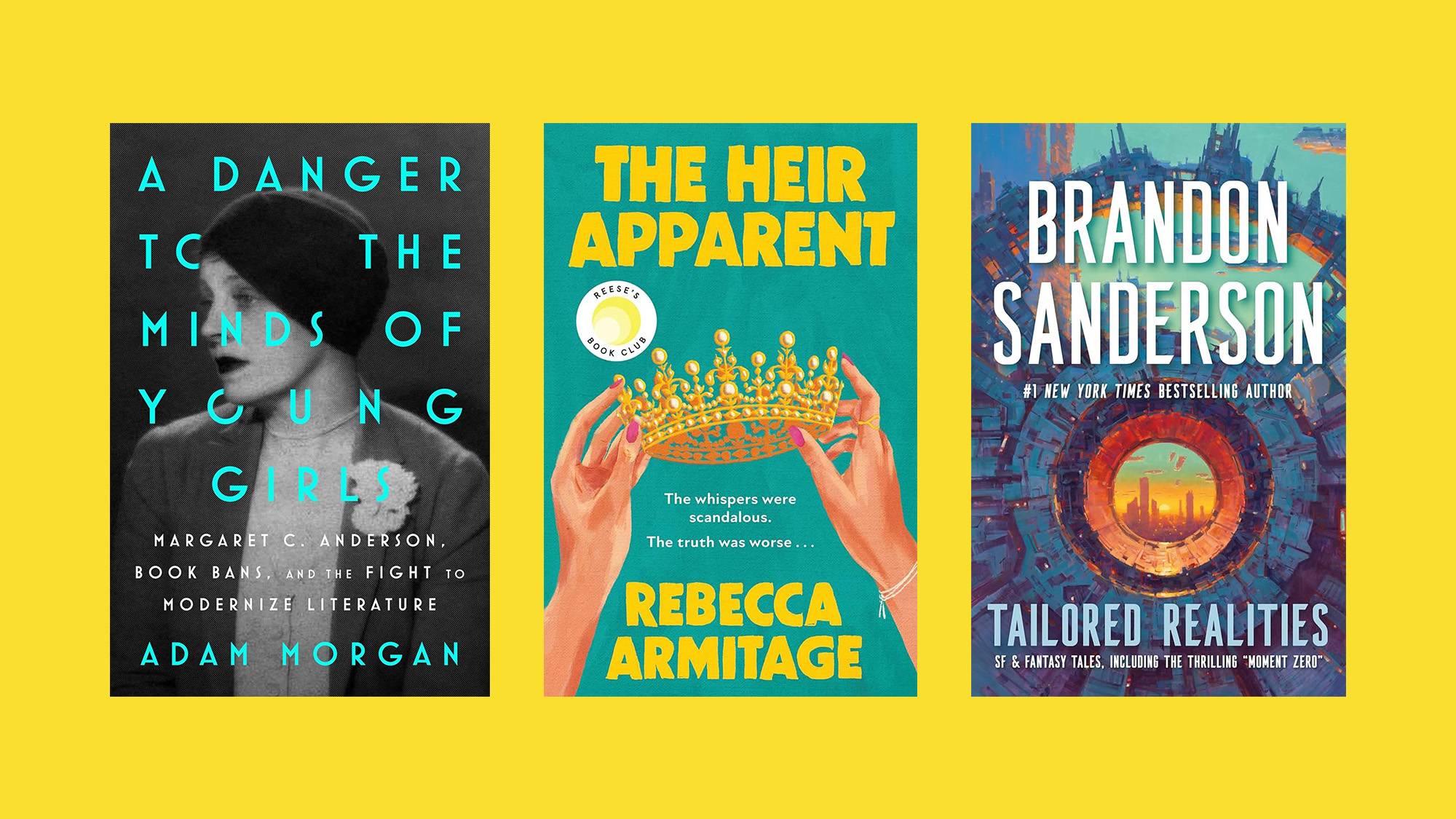 December’s books feature otherworldly tales, a literary icon’s life story and an adult royal romp
December’s books feature otherworldly tales, a literary icon’s life story and an adult royal rompThe Week Recommends This month's new releases include ‘The Heir Apparent’ by Rebecca Armitage and ‘Tailored Realities’ by Brandon Sanderson
-
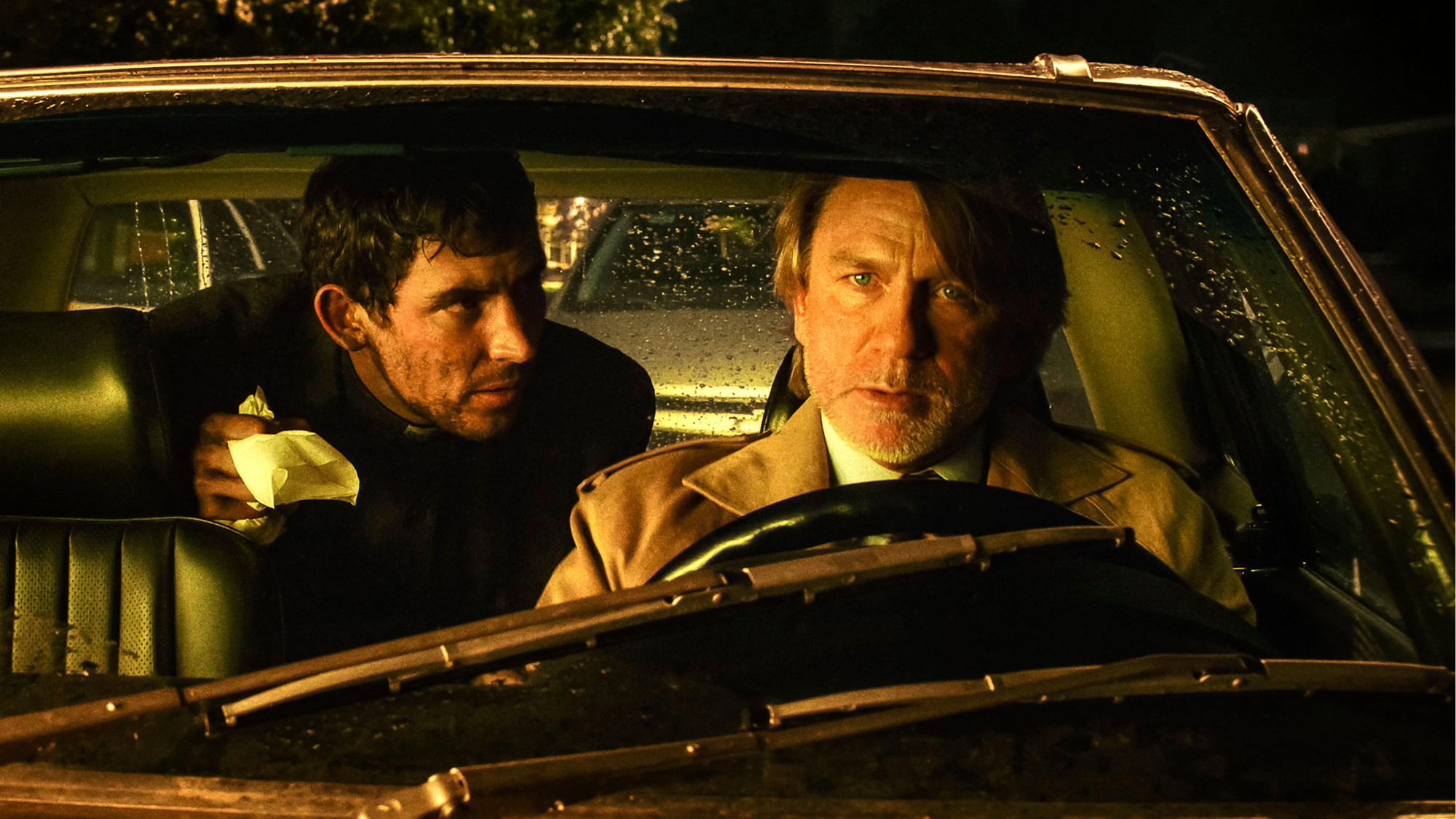 Wake Up Dead Man: ‘arch and witty’ Knives Out sequel
Wake Up Dead Man: ‘arch and witty’ Knives Out sequelThe Week Recommends Daniel Craig returns for the ‘excellent’ third instalment of the murder mystery film series
-
 Zootropolis 2: a ‘perky and amusing’ movie
Zootropolis 2: a ‘perky and amusing’ movieThe Week Recommends The talking animals return in a family-friendly sequel
-
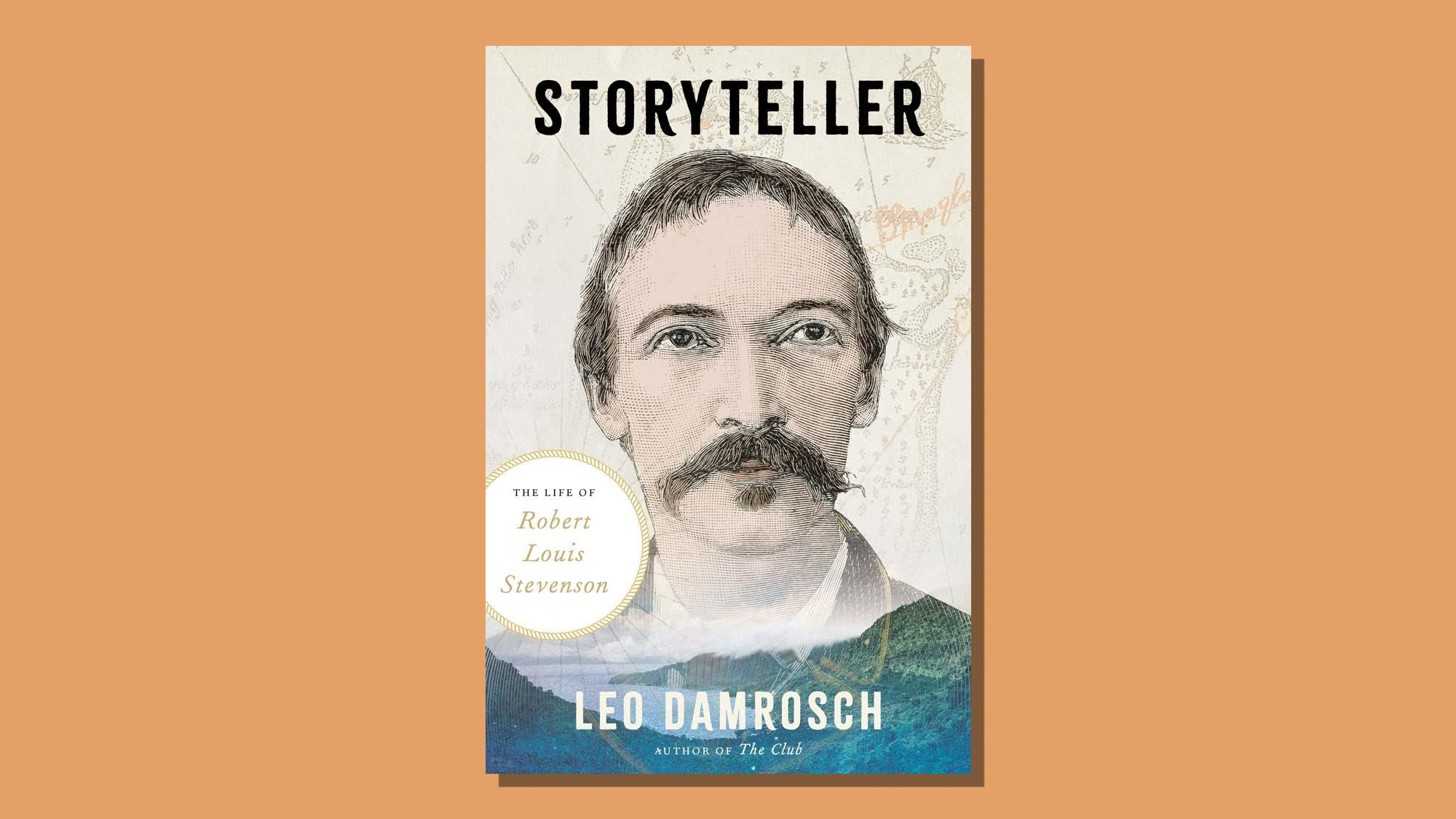 Storyteller: a ‘fitting tribute’ to Robert Louis Stevenson
Storyteller: a ‘fitting tribute’ to Robert Louis StevensonThe Week Recommends Leo Damrosch’s ‘valuable’ biography of the man behind Treasure Island
-
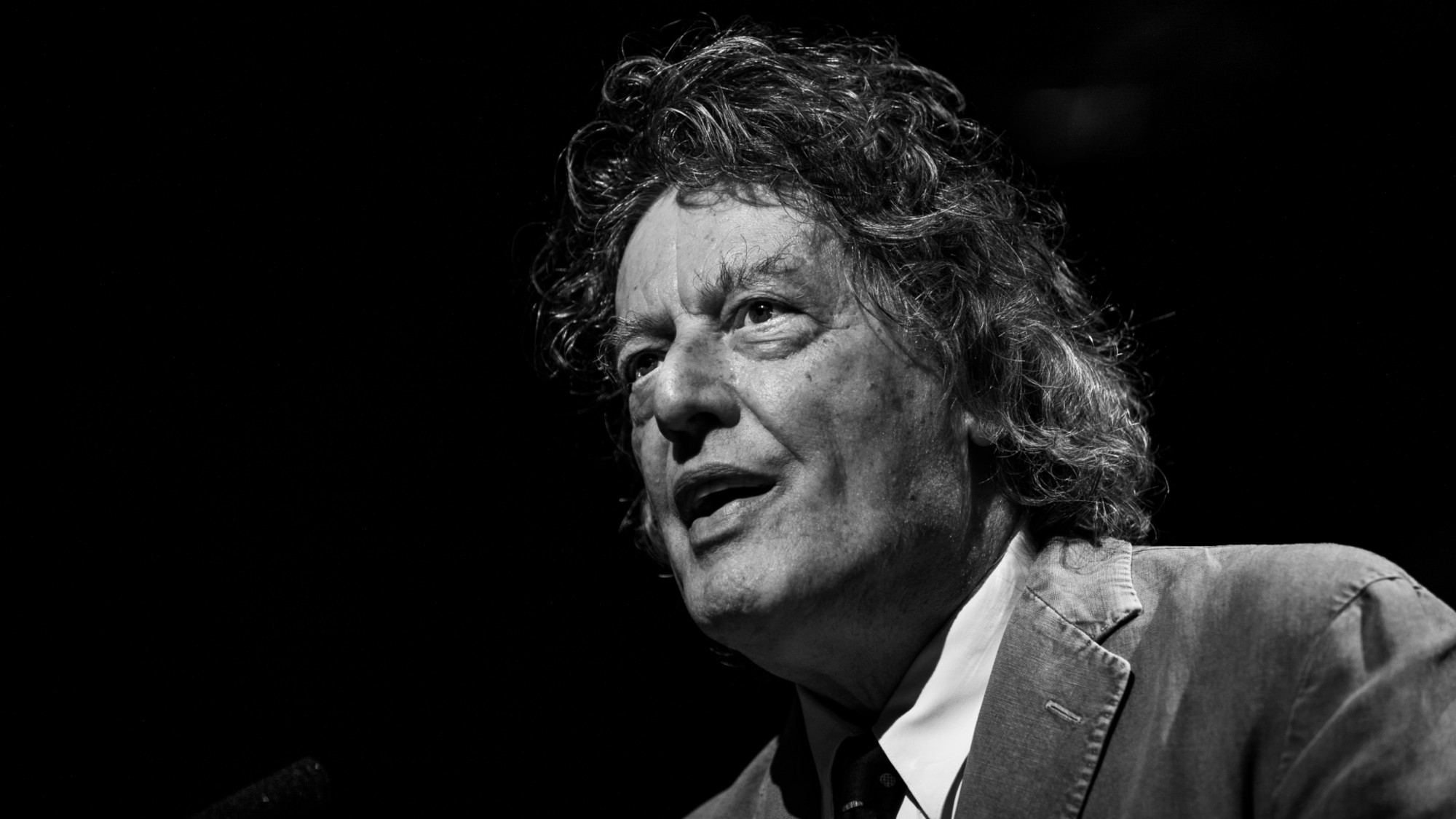 The rapid-fire brilliance of Tom Stoppard
The rapid-fire brilliance of Tom StoppardIn the Spotlight The 88-year-old was a playwright of dazzling wit and complex ideas
-
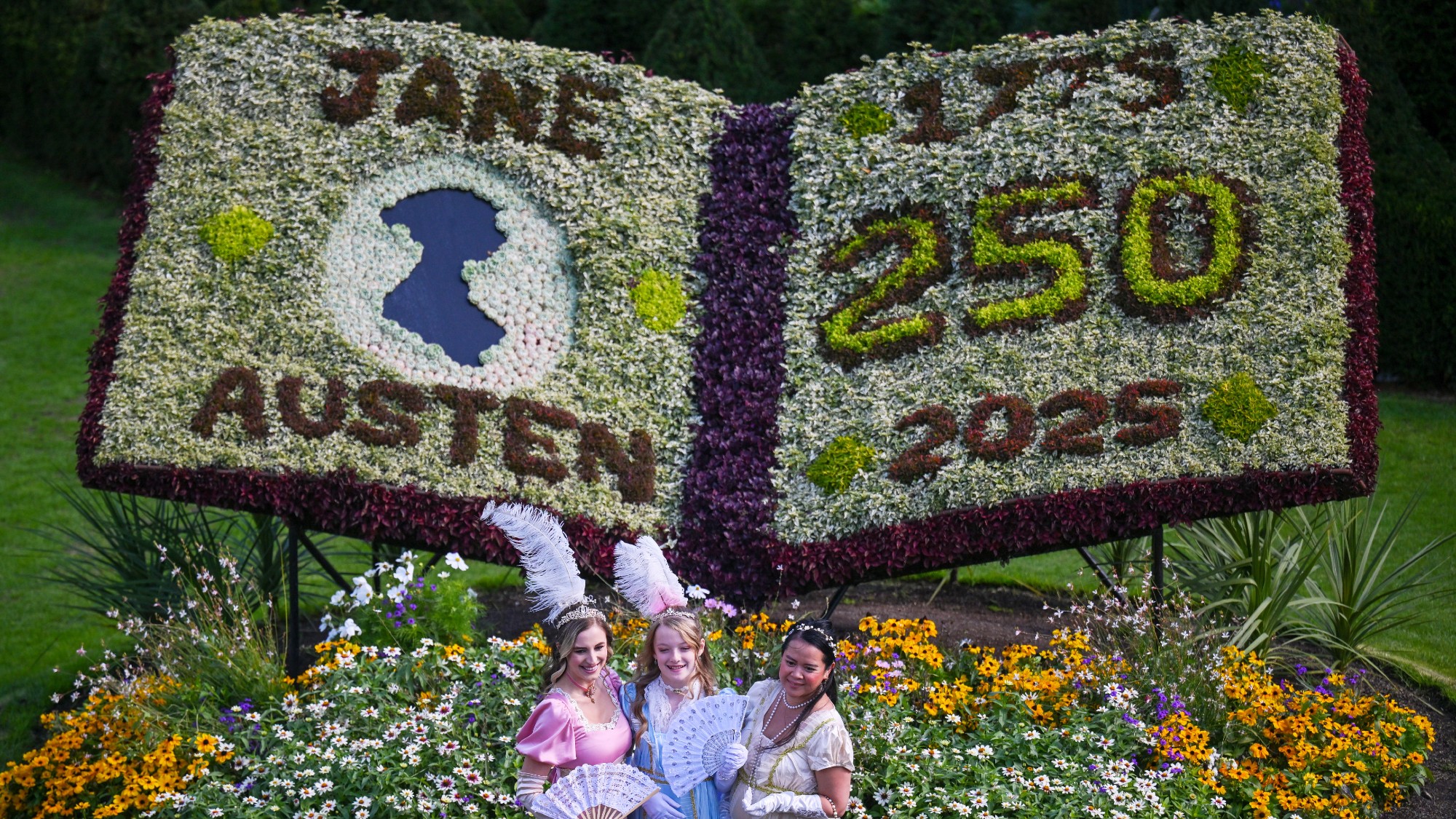 Jane Austen lives on at these timeless hotels
Jane Austen lives on at these timeless hotelsThe Week Recommends Here’s where to celebrate the writing legend’s 250th birthday
-
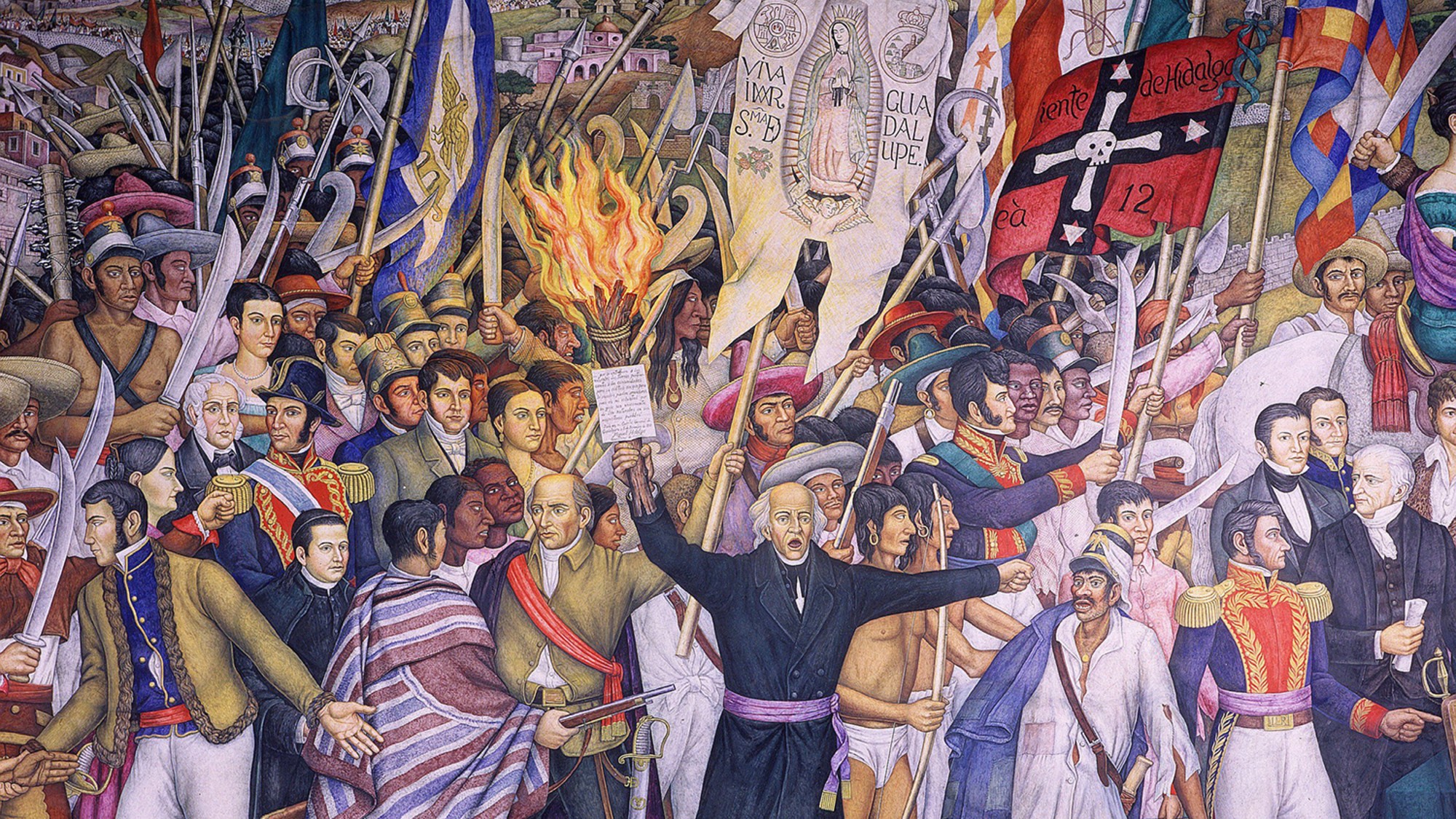 ‘Mexico: A 500-Year History’ by Paul Gillingham and ‘When Caesar Was King: How Sid Caesar Reinvented American Comedy’ by David Margolick
‘Mexico: A 500-Year History’ by Paul Gillingham and ‘When Caesar Was King: How Sid Caesar Reinvented American Comedy’ by David Margolickfeature A chronicle of Mexico’s shifts in power and how Sid Caesar shaped the early days of television